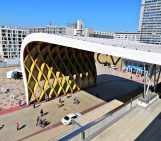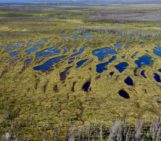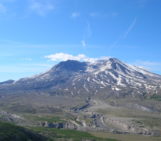The selection committee received over 600 photos for this year’s EGU Photo Competition, covering fields across the geosciences. The fantastic finalist photos are below and they are being exhibited in Hall X2 (basement, Brown Level) of the Austria Center Vienna – see for yourself!
Do you have a favourite? Vote for it! There is a voting terminal (also in Hall X2), just next to the exhibit. The results will be announced on Friday 13 April during the lunch break (at 12:15).
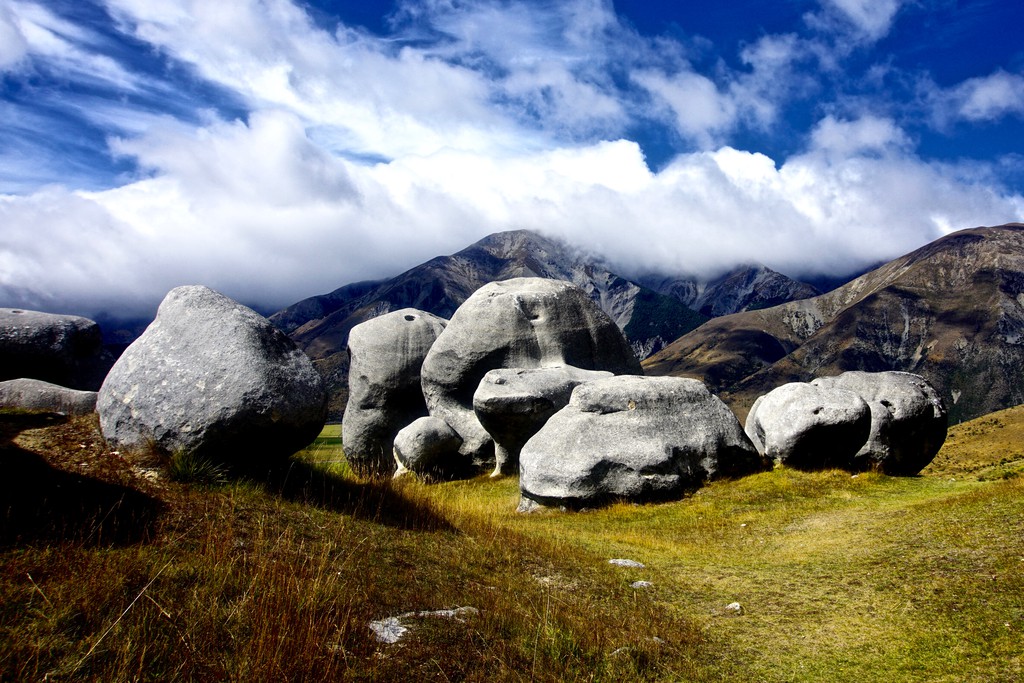
‘Remains of a former ocean floor.’ Credit: Jana Eichel (distributed via imaggeo.egu.eu). These limestone boulders characterise the landscape of Castle Hill Basin in New Zealand’s Southern Alps. The Pacific Plate collided with the Australian Plate during the Kaikoura Orogeny 25 million years ago, giving birth not only to the Southern Alps but also lifting up thick limestone beds formed in shallow ocean water.
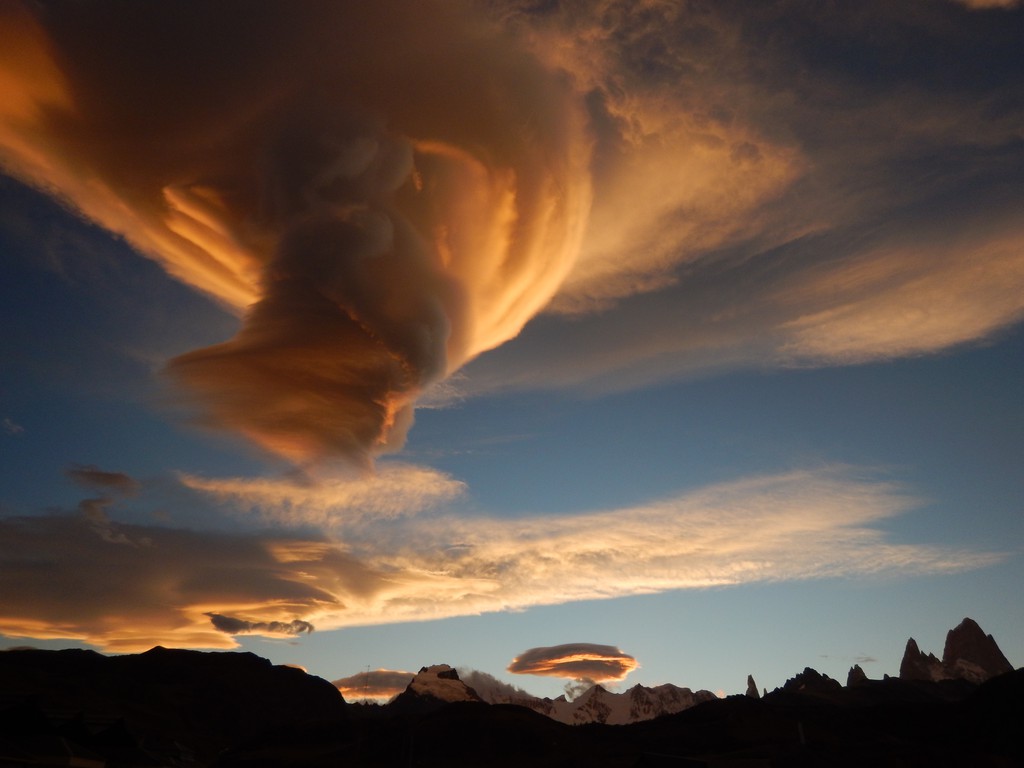
‘Foehn clouds in Patagonia.’ Credit: Christoph Mayr (distributed via imaggeo.egu.eu). A stationary cloud formed on the lee side of Mount Fitzroy. It evolved from a lenticular cloud (Altocumulus lenticularis) and turned into a funnel-shaped cloud during sunset when the photo was taken.
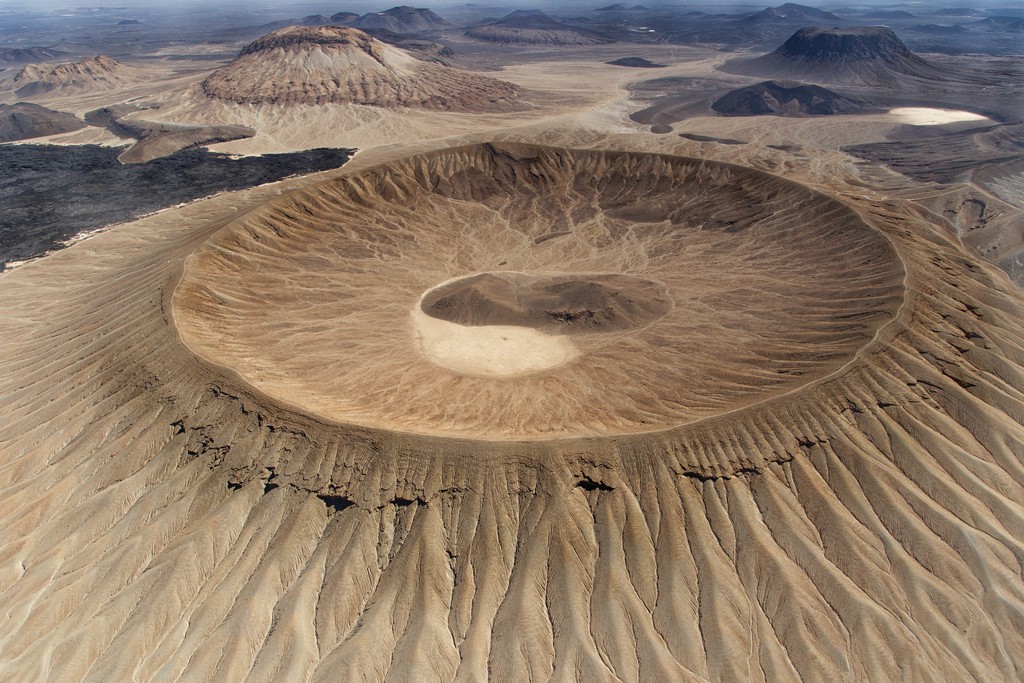
‘Jebel Bayda (White Mountain).’ Credit: Luigi Vigliotti (distributed via imaggeo.egu.eu). An aerial view of the Jebel Bayda, a white volcano created by silica-rich lava (comendite) in the Khaybar region. The flank of the volcano was shaped by rain in the region during the first half of the Holocene.
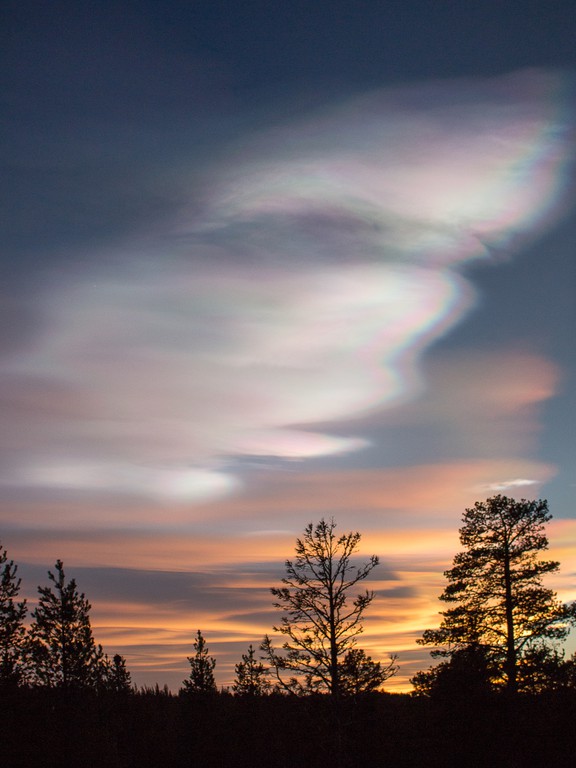
‘Mother-of-pearl cloud.’ Credit: Thomas Kuhn (distributed via imaggeo.egu.eu). These clouds are a special type of polar stratospheric clouds that only occur during the polar winter. The tiny ice crystals that form in these clouds must be uniform in size so that diffraction can create their shining colours.
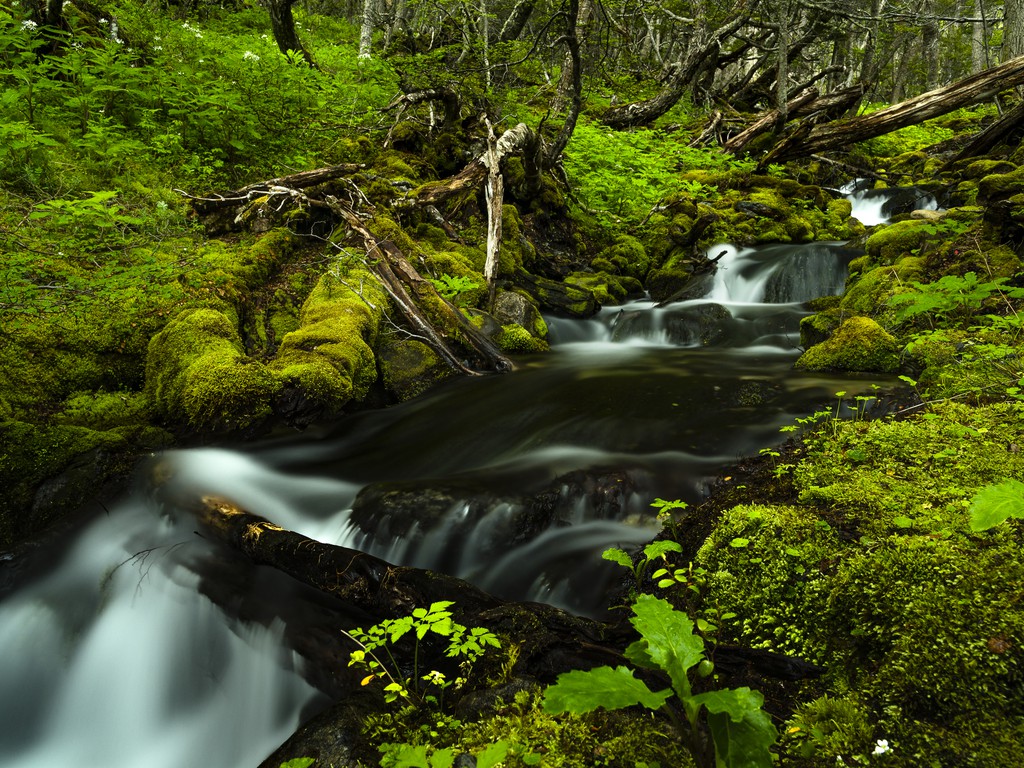
‘Patagonian rainforest.’ Credit: Carsten W. Mueller (distributed via imaggeo.egu.eu). The magic light in the Patagonian rain forest is dominated by Southern beech (Nothofagus). The high precipitation in Southern Patagonia sustains biodiverse rainforests on peaty soils.
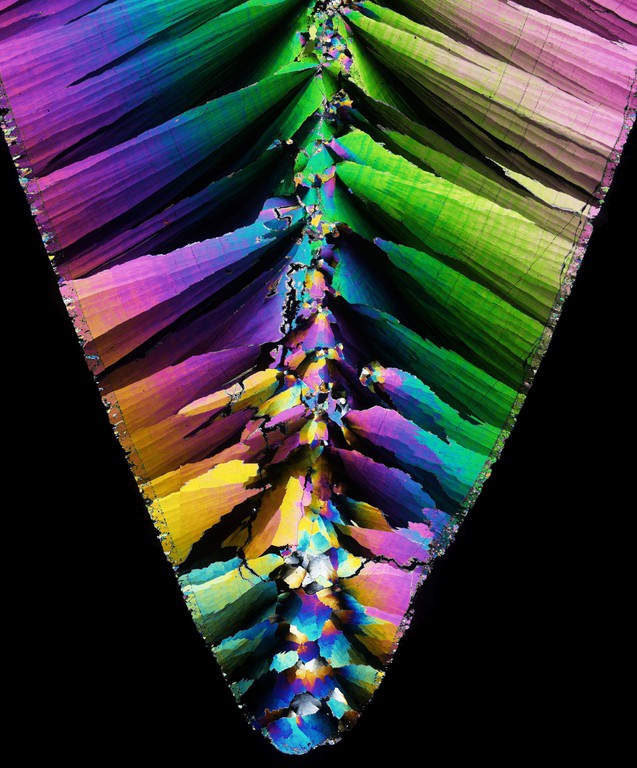
‘The beauty of shells.’ Credit: Rene Hoffmann (distributed via imaggeo.egu.eu). A thin section of a belemnite (Gonioteuthis, Upper Cretaceous, NW-Germany) under crossed polarizers. Belemnites are the backbone of Jurassic-Cretaceous reconstruction as they able to determine former seawater properties, such as temperature.
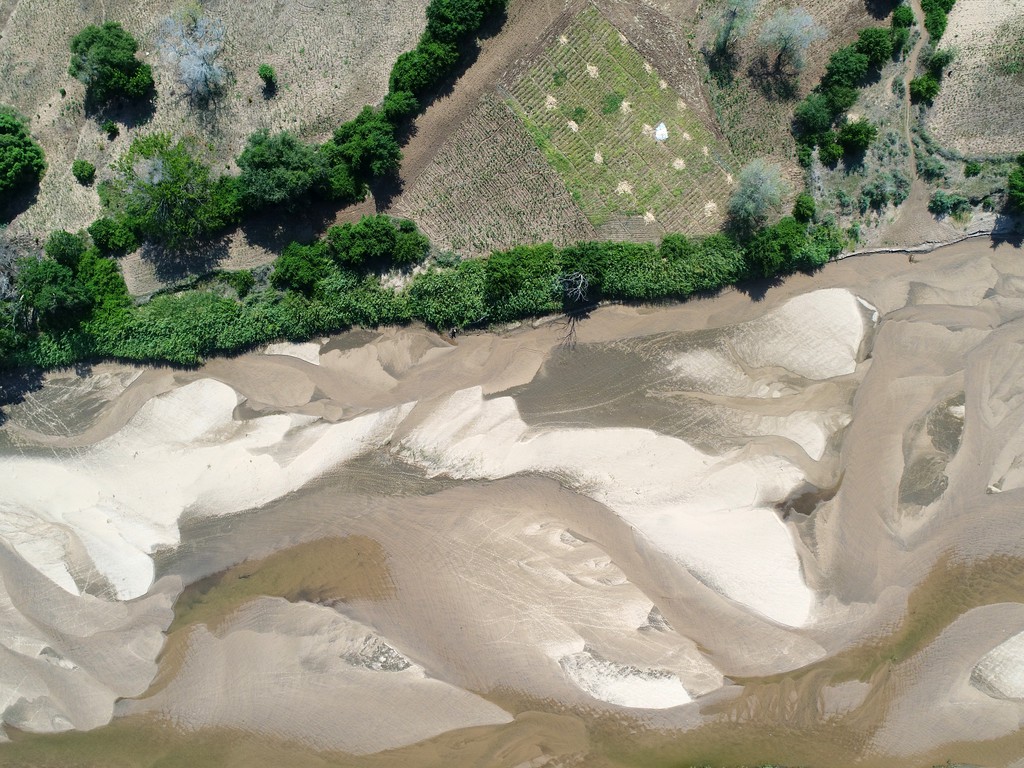
‘50 shades of grey.’ Credit: Paolo Paron (distributed via imaggeo.egu.eu). The dry sandy river bed of the Limpopo River. This picture was taken at the end of January, in the middle of the rainy season, and shows the devastating effects of the prolonged drought. The surrounding floodplain that is used extensively by farmers would normally be inundated.
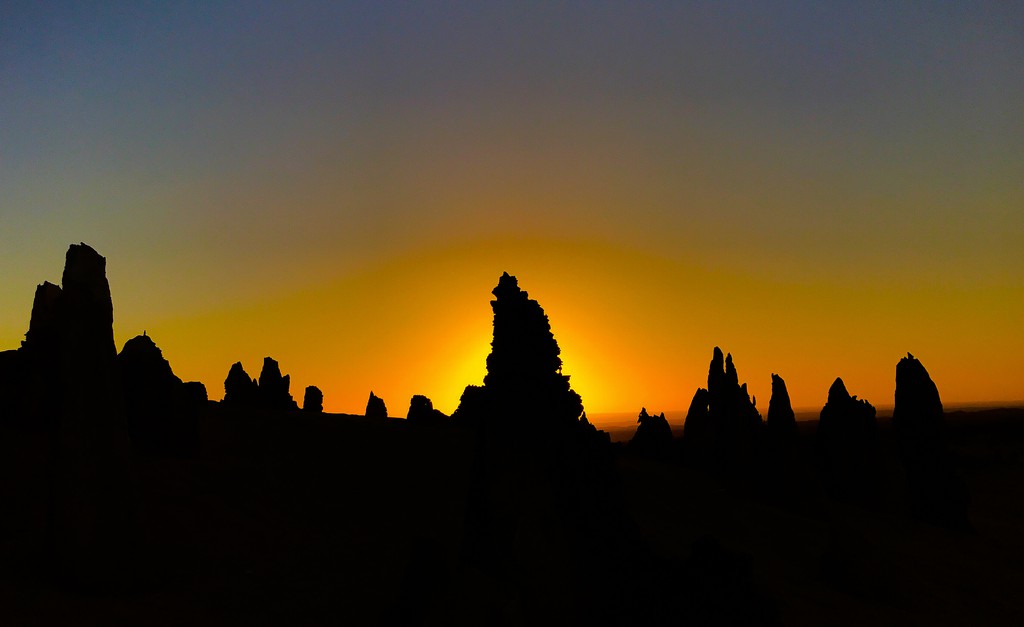
‘Pinnacles in Nambug National Park at sunset.’ Credit: Stefan Doerr (distributed via imaggeo.egu.eu). The spectacular pinnacle karst in Western Australia. This landscape contains thousands of pinnacles up to 5 m high and 2 m wide. The pinnacles have formed in the Pleistocene Tamala Limestone, which comprises cyclic sequences of aeolian calcarenite, calcrete / microbialite and palaeosol.
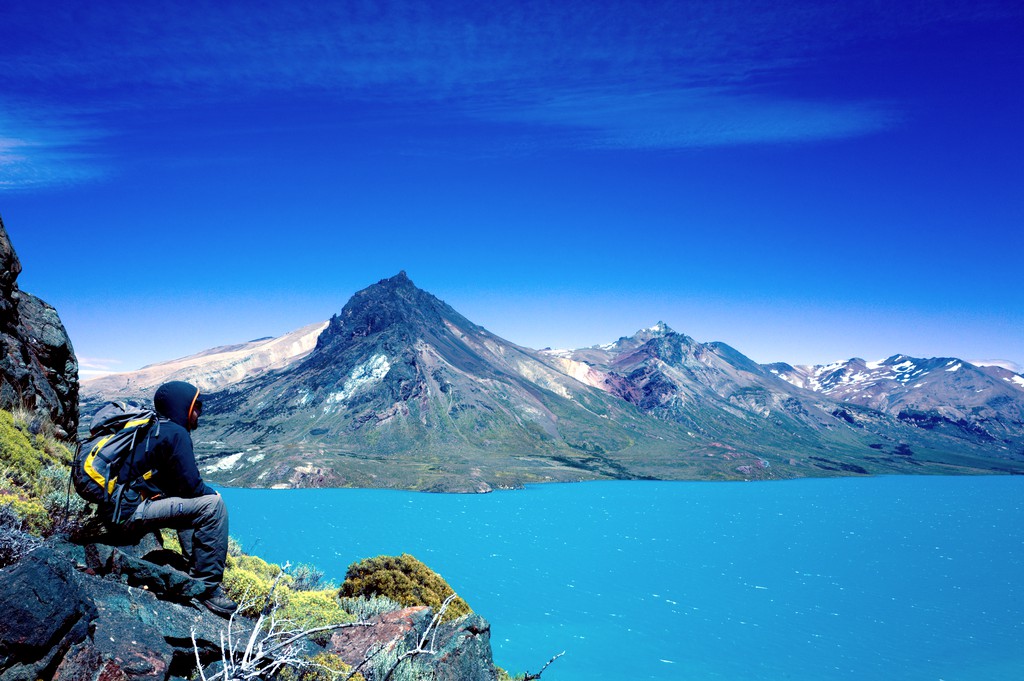
‘ Closer look at the deglaciation history of Lago Belgrano.’ Credit: Monika Mendelova (distributed via imaggeo.egu.eu). The Lago Belgrano valley was once occupied by a glacier, which drained part of the Patagonian Ice Sheet. The retreating glacier allowed a large palaeo-lake to form, a predecessor of modern Lago Belgrano. Spot the shoreline!
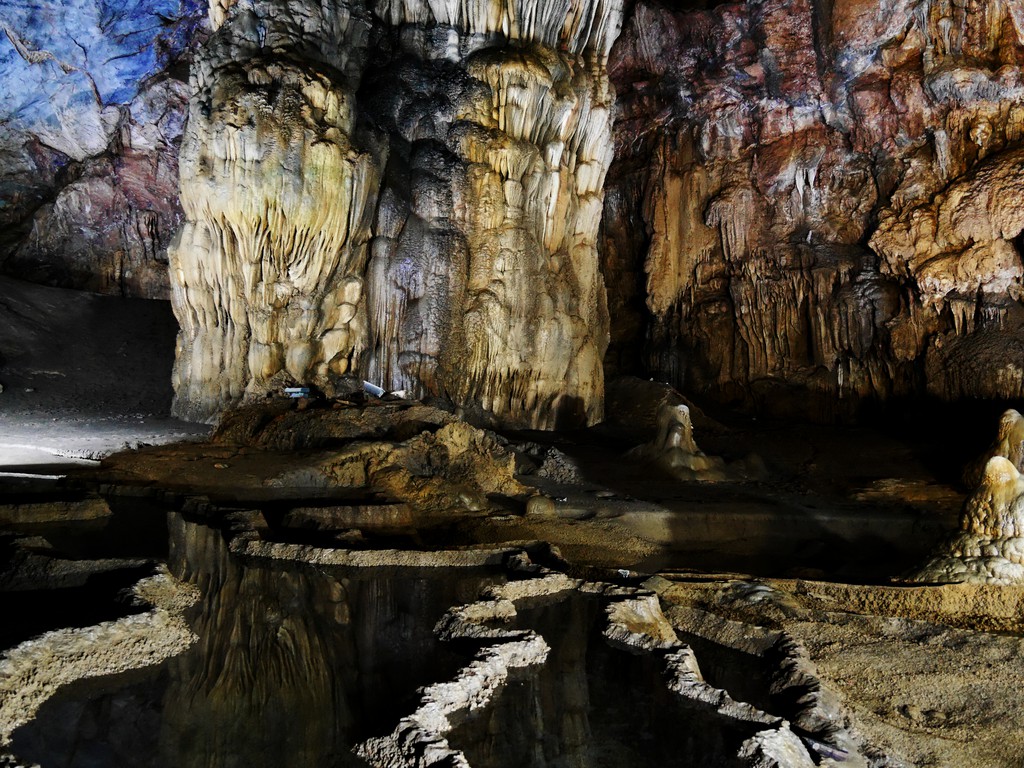
‘Poetry of water shaped formations.’ Credit: Raphael Knevels (distributed via imaggeo.egu.eu). This karst cave was discovered in 2005 and named Paradise Cave because of its exceptionally beautiful stalactites and stalagmites. The cave is located in the Phong Nha-Kẻ Bàng National Park, Vietnam.
The EGU General Assembly is taking place in Vienna, Austria from 8 to 13 April. Check out the full session programme on the General Assembly website and follow the Assembly’s online conversation on Twitter at #EGU18.

